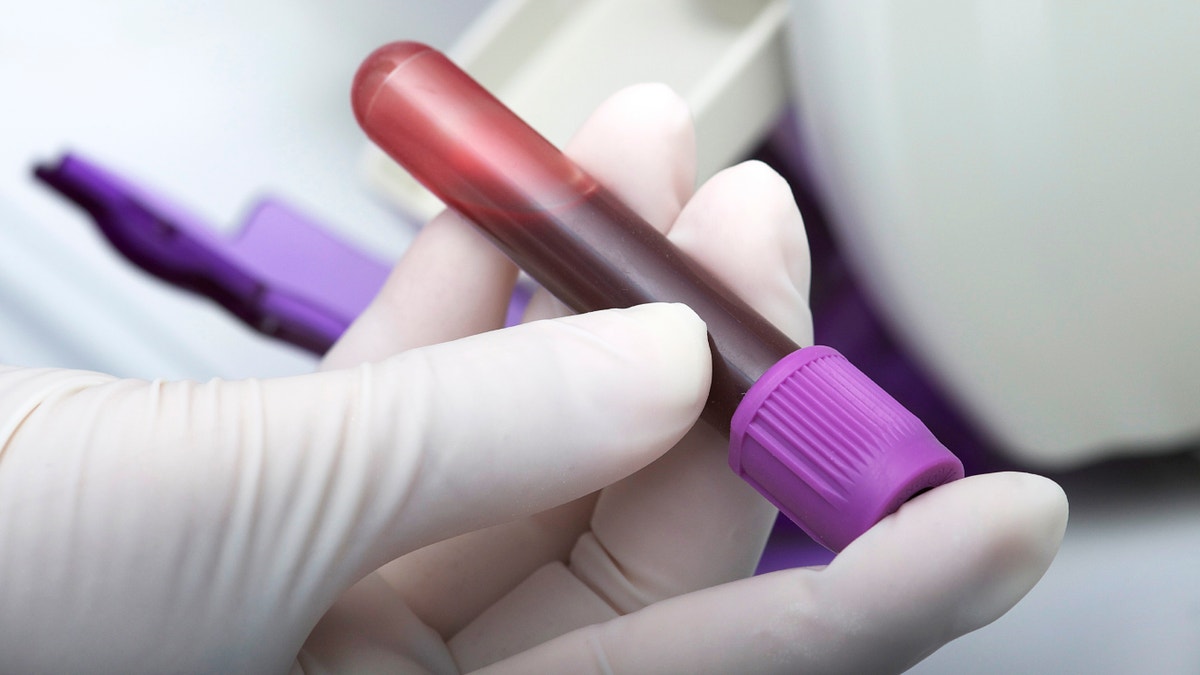
Ovarian cancer has one of the lowest relative survival rates five years after diagnosis, but a study published by British researchers suggests a new blood test screening program may aid in earlier detection of the disease and reduce those deaths by about 20 percent.
The study, published Thursday in the Lancet, followed 200,000 post-menopausal women ages 50 to 74 for 14 years. About 1,280 women were diagnosed with ovarian cancer during that time, and about 650 had died of the disease by December 2014, when the trial ended.
Early results for the ongoing research suggested that those women who attended the new annual screening program for ovarian cancer were less likely to die compared to those who didn’t take the blood test. According to a news release, study authors estimated that the test could help prevent about 15 ovarian cancer deaths for every 10,000 women who are screened annually for between seven to 11 years.
The test, called ROCA, detects changes in levels of a blood protein called CA125, a variable that is linked to ovarian cancer. Researchers said monitoring the ROCA test’s changing levels over time offers a more precise reading of CA125 compared a one-off blood test that measures a fixed “cut-off” point for the protein.
While study authors and ovarian cancer experts urged caution, they said in the release that their preliminary results offer promise.
“It's uncertain whether or not screening can reduce ovarian cancer deaths overall,” Dr. Fiona Reddington, Cancer Research UK’s head of population, who wasn’t involved in the study, said in the release. “While this is an important step in ovarian cancer research, we would not recommend a national screening program at this point."
The researchers plan to continue studying how the screening test affects ovarian cancer death rates over the next three years.
According to the American Cancer Society, relative five-year survival rates for ovarian cancer vary by variety, but the relative rate is 45 percent for all types. If found and treated before the cancer has metastasized, the five-year relative survival rate for the disease is 92 percent. But only 15 percent of ovarian cancers in the United States are found at this early stage.
“Longer follow-up is needed,” study author Ian Jacobs, president and vice-chancellor of UNSW Australia and an honorary professor at University College London, who co-invented ROCA, said in the release. “But this brings hope in the fight against a disease for which the outlook for women is poor and has not improved much during the last three decades.”




















